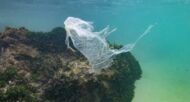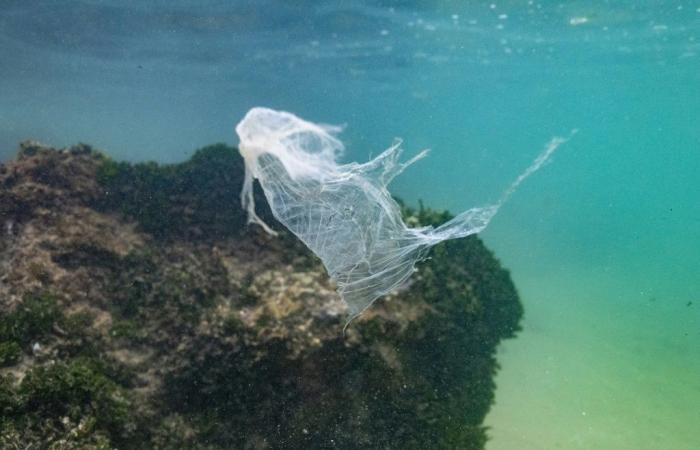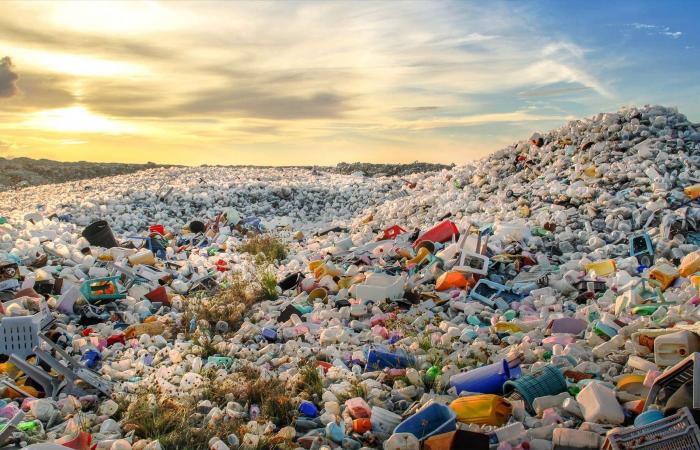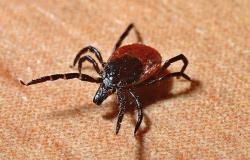Bottles, tires, packaging, pipes… Every year, millions of tons of plastic waste are dumped into waterways, with the risk of ending up in the oceans. According to the OECD, this quantity could almost double by 2060 without stronger measures against this pollution.
From the start of mass plastic production in the 1950s to 2019, around 140 million tonnes have accumulated in aquatic environments, according to a study published in 2023 by the Organisation for Economic Co-operation and Development (OECD). Of this waste, 22% forms a “plastic soup” in the oceans, while 78% is found in freshwater ecosystems.
– Poorly managed waste –
Waste burned in the open or dumped in uncontrolled landfills is the main source of pollution in aquatic environments. Much of this plastic, such as bottles or materials used in construction, flows into rivers and lakes. Others, such as food packaging or unopened bottles, float on the surface for “years or even decades” before reaching the oceans, according to the OECD.
Other sources of plastic pollution in the oceans include marine debris (nets, fishing gear), although to a lesser extent, as well as microplastics (fragments smaller than 5 millimeters). Macroplastics (larger than 5 mm), which have a lifespan of six months to 35 years, slowly break down into microplastics, “more likely to be ingested by aquatic species,” the OECD says.
– Rivers of Asia –
The risk of plastic migrating from land to rivers, and then from rivers to the sea, varies by region. Out of about 100,000 rivers, about 1,000 are responsible for 80% of macroplastic waste in the oceans, while another 30,000 rivers account for the remaining 20%, according to a study conducted by the NGO Ocean Cleanup and published in 2021 in Science Advances.
Of the top 50 rivers carrying the most plastic to the oceans, including some small urban streams, 44 are in Asia. This situation is explained by “population density and poor waste management,” says Laurent Lebreton, research director at Ocean Cleanup.
The Philippines, with its thousands of islands, is the country that dumps the most plastic into the sea. The Pasig River, which flows into Manila Bay, is considered the “most polluted” in the world by plastic. It forms, along with the Tullahan (Philippines), Ulhas (India), Klang (Malaysia) and Meycauayan (Philippines) rivers, the top 5 rivers carrying the most plastic into the oceans.
– Dark forecast –
Driven by population and economic growth, global plastic use is expected to nearly triple between 2019 and 2060, reaching 1,231 million tonnes per year, according to the OECD. This increase is worrisome for aquatic environments, where 493 million tonnes of plastic could accumulate by 2060. More than half of this waste is estimated to come from sub-Saharan Africa, China, India and other developing Asian countries.
In contrast, in Europe and the United States, plastic discharges into aquatic environments are expected to decrease, mainly due to improved waste management.
LNT with AFP
Share this article:
To go further











